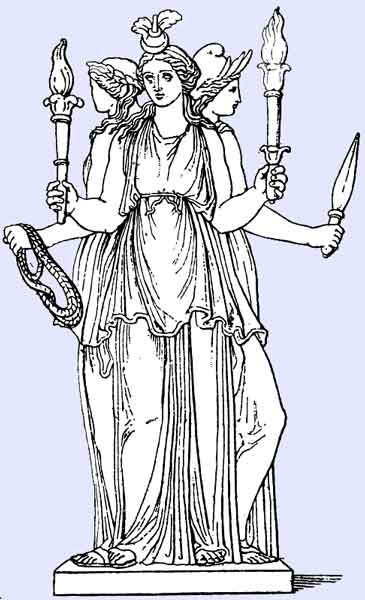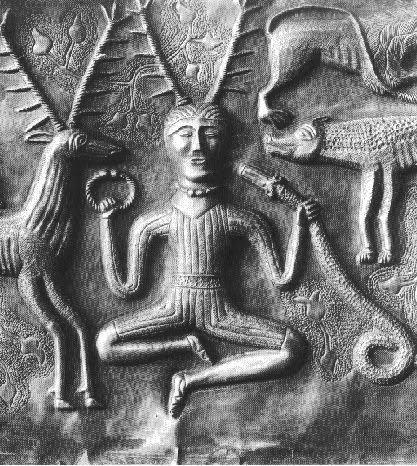A few evenings ago, I had an online chat with a Celtic polytheist. When asked what my spiritual paradigm was, I tried to convey across that I was an adherent of European paganism aka "European witchcraft".. not Wiccan. She seemed to be against the Wiccan concept partly because it was so eclectic, which makes sense. However, when pressed for a rundown of deities, I mentioned Hecate and Cernunnos. Being someone who doesn't believe in mixing paradigms, she quickly responded by finding it odd that "Cernunnos is Celtic and Hecate is Greek." She herself seemed confused as to whether she was a Gaelic polytheist or a Gaulish polytheist.
This brought up the issue of the proto-European--aka "Alpine race"--role in the ancient world. To begin with, people just can't seem to grasp the fact that the Europe of the last glacial movement was one which was basically devoid of both Mediterranean and Teutonic peoples... and it was almost half covered in massive ice sheets. Demographically, Europe, north Africa, and the Middle East/western Asia cannot be compared to today.
Hecate seems to clearly be a deity which predates classic Greek mythology... clear back to the proto-European world. I believe a local name--in what is now Greece and Turkey--for a "European goddess"... not a "Greek goddess." The Mother Goddess, or what I call "the Almother." Being that Hecate is perhaps the strongest historical manifestation for this goddess, then her name would seem to be a good one to use. The gods and goddesses of Greek antiquity were different from those of the more distant past. The Almother was a European goddess... which manifested in Greece as Hecate. Just for the record, this was thousands of years before there were any Turkic people in what is now Turkey.
Cernunnos was probably a fusion of the proto-European "horned god" and Odin or Tyr of the incoming Teutonic peoples. Therefore "Cernunnos"--which is a Romanized name for the chief god of Gaul--is as much proto-European as he is Gaulish/Celtic. I just don't see the point in renaming the Mother Goddess and Horned God of the proto-Europeans. There probably was not "one name" for these deities, but regional names for them. Stewart Farrar, a pioneer of Wicca, used the name "Karnayna" for Cernunnos. Hecate is also spelled "Hekate." To attempt to make some distinction, perhaps these names could be used since they possibly might be closer to the proto-European names in those locales, as well as being the strongest manifestations of "the Alfather" (Cernunnos) and "the Almother" (Hecate).
When coming up with a name for a larger collective, most often one must use some local name. There's often no way around this. For example, the name "Asatru" is an Icelandic name... used for a larger Odinic collective. There were other local names as well. Therefore "Asatru"--within the expanded meaning of the collective--can be used in reference to the Odinic manifestation of Austria, Ukraine, or Spain. It's no longer just in reference to Iceland. Coming up with entirely new names for every expression of the same thing would add further confusion to an already somewhat confusing endeavor.
Vehmology
"Vehme" stands for the same five elements (earth, air, fire, water, and spirit) as does the pentacle star, and seems to have been the basis for European witchcraft. The proto-European spiritual tradition was based on science! It took into account the metaphysical... "spirit." What I call "Vehmology" is science. Magic and science were the same. The true purpose of the coming "Religion vs. Atheism" conflict in society is to prevent the scientific study of metaphysics. Closed-minded religion, closed-minded Atheism, and closed-minded science all have a vested interest in preventing the mere academic study of metaphysical science, which makes them Hegelian "opposames" rather than true opposites.
.



No comments:
Post a Comment